How are plasma centrifuge systems maintained?

Plasma centrifuge systems are very important devices in the health field; these devices are used to separate blood cells from plasma to obtain separate or complementary plasma.
How to store water from the water purification system in the laboratory?
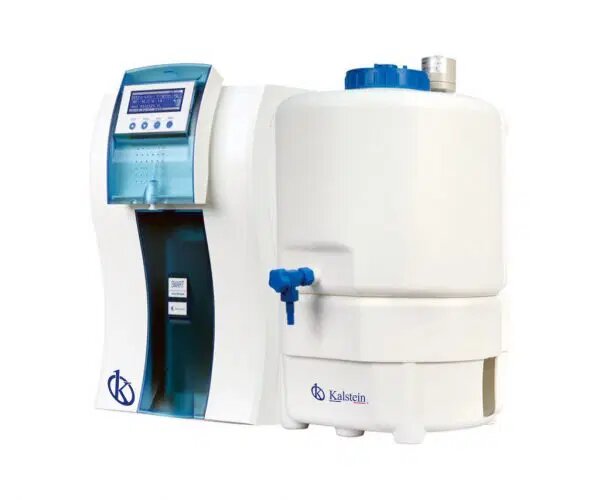
The amount of water produced by the purification systems of the laboratories is sometimes insufficient for the demand that must supply, so the storage of pure water (type II) is used for the production of ultra pure water (type I).
Importance of the tissue processor in determining Ehlers-Danlos syndrome

The term Ehlers-Danlos syndrome includes a heterogeneous group of hereditary connective tissue disorders with common characteristics. Patients with this syndrome may present with joint hyperlaxity, soft, hyperextensible skin, abnormal wound healing, and easy bruising. Thirteen clinical subtypes of Ehlers-Danlos syndrome have been detected and the molecular cause of 12 of them is known.
What are the costs associated with laboratory hematology analyzers?
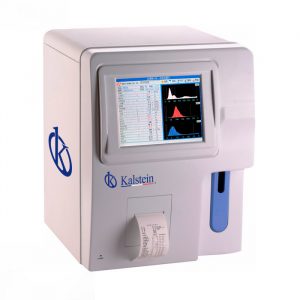
Laboratory hematology analyzers have become a vital tool for many medical laboratories. These devices have become increasingly sophisticated and beyond the requirements of accuracy, reliability and price, laboratories have to consider the associated costs to incorporate and operate these tools in their facilities. It is important to understand not only the costs of laboratory equipment, but also the costs of maintenance, supply and associated processes.
What are the key factors for the correct calibration of an optical microscope?
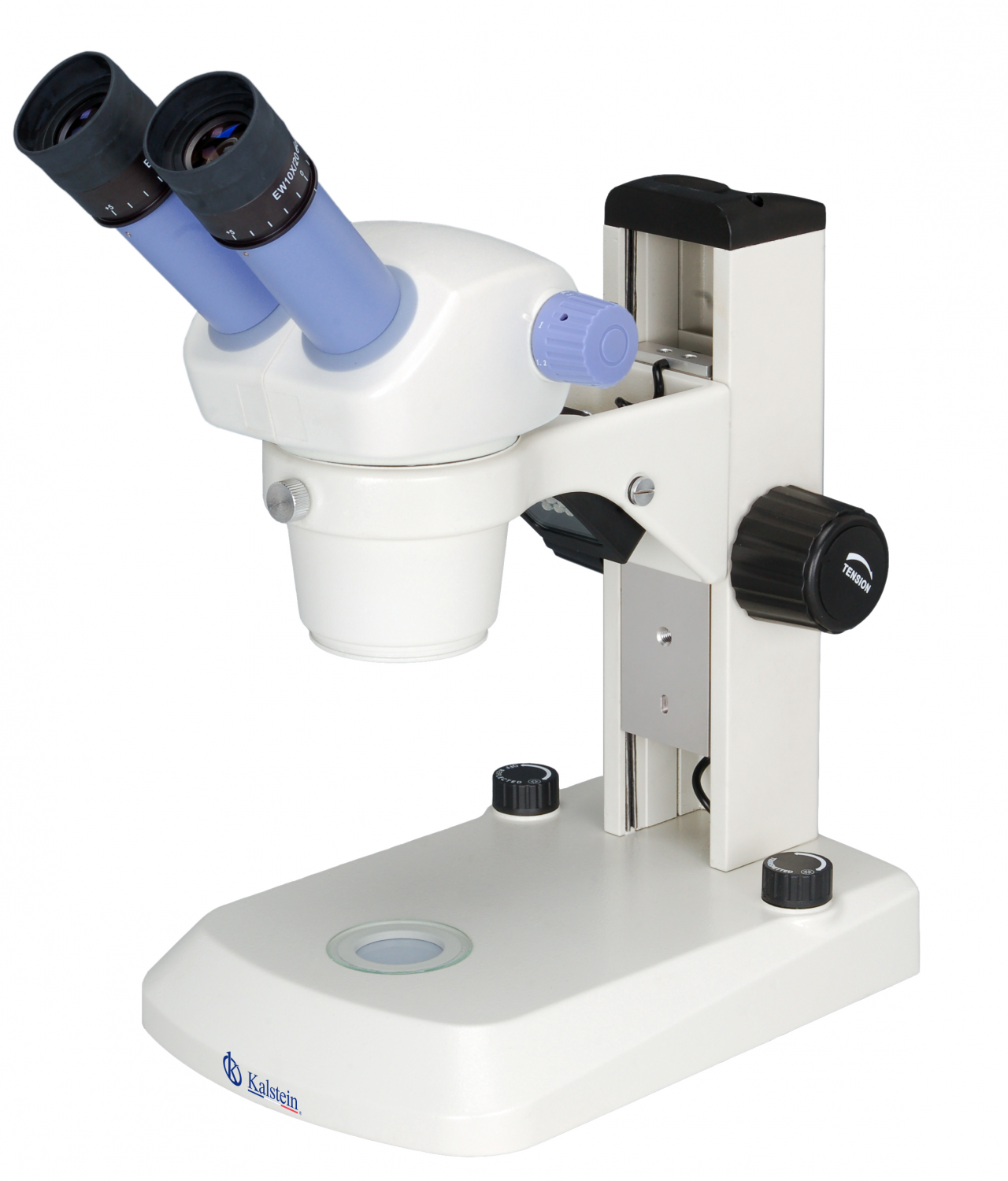
The optical microscope is one of the most important visualization systems for the optical and microstructural study of materials; for them many manufacturers offer different models for sale at affordable prices. These instruments enable high-resolution images of objects to be obtained under a microscope, allowing microscopic details to be seen that would otherwise be impossible to observe. The calibration of an optical microscope is a fundamental process to ensure that all elements of the system are correctly aligned and oriented.
What kind of software is used for laboratory hematology analyzers?
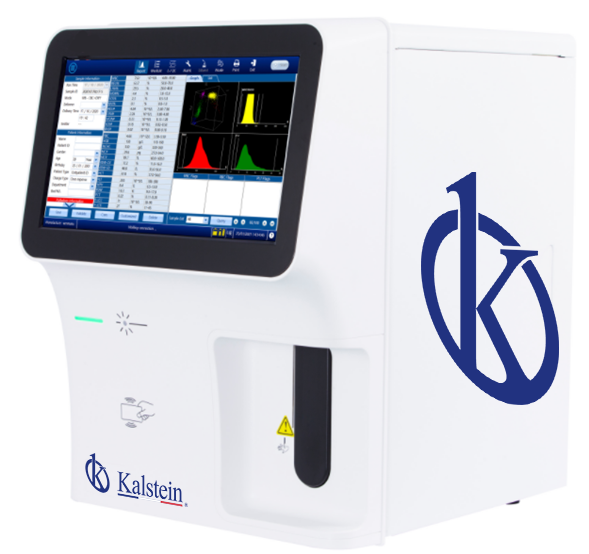
Laboratory Hematology Analyzers, also known as hematology laboratory self-analyzers, are medical diagnostic equipment used to count and classify blood cells. These kits provide quick and accurate results about the blood elements being tested. Hematology analyzers are used in clinical and medical laboratories as part of analyzes for diagnosis, verification, and follow-up of a patient.
What are the different types of optical microscopes?
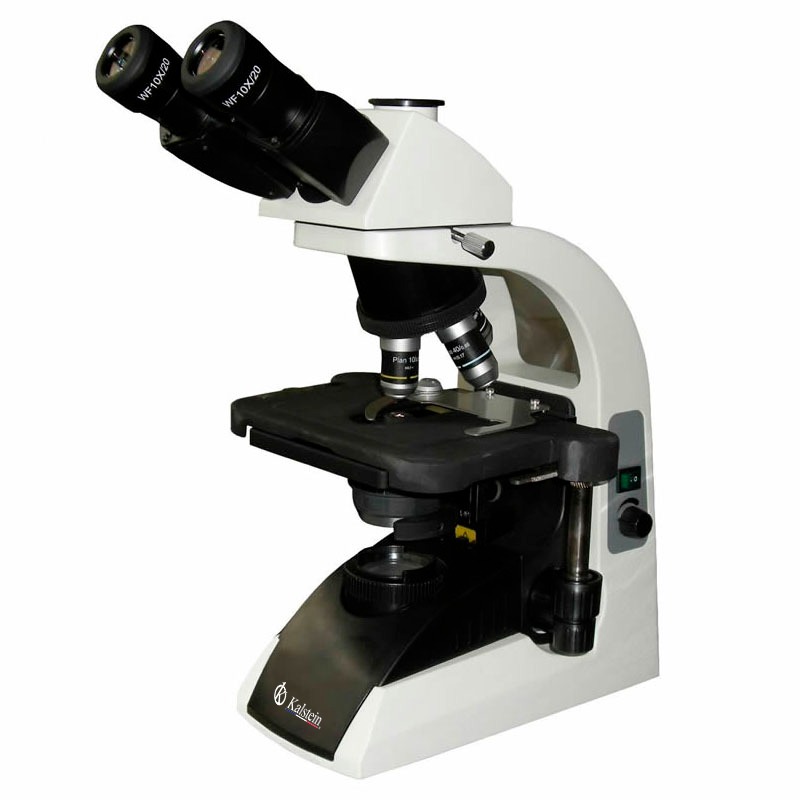
Optical microscopes are useful instruments that are integrated into basic science, research, chemical industry, food manufacturing, medicine, etc. These microscopes are basically used to see very small objects, like microbes, fungi, bacteria, etc., because they’re not visible to the naked eye. The basic principle of optical microscopes is the use of lenses and a great increase in the magnification of objects.
How To Create Effective Laboratory Reagents
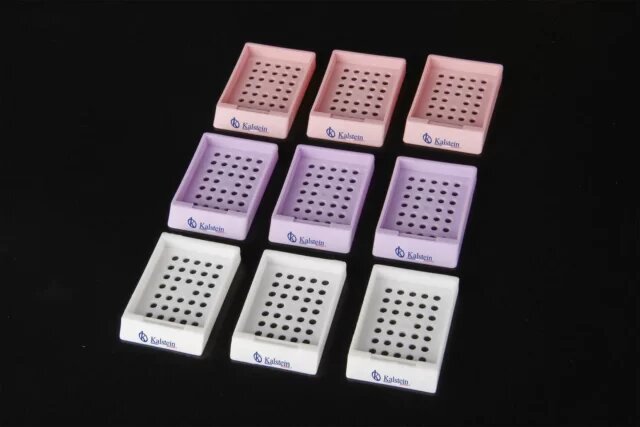
A laboratory is a highly specialized environment for conducting scientific tests and experiments. For reliable results, good preparation and selection of laboratory reagents are required. These reagents are the basis for experiments performed in the laboratory, since they have the ability to react with each other and produce the expected results. Therefore, effective selection of each laboratory reagent is essential to obtain accurate results.
Improve medical research results with Color Evaluation Box

The color assessment box is a scientific tool that, along with other techniques such as the microscope, fluoroscope, and scanning electron microscope, helps medical personnel more accurately evaluate the results of a medical test. This tool is named after Maria Sklodowska-Curie (the mother of radioactivity) and was invented in 1913. Since then, researchers have used the modified variant of the color assessment box to improve medical research results.
What are the main limitations of laboratory hematology analyzers?
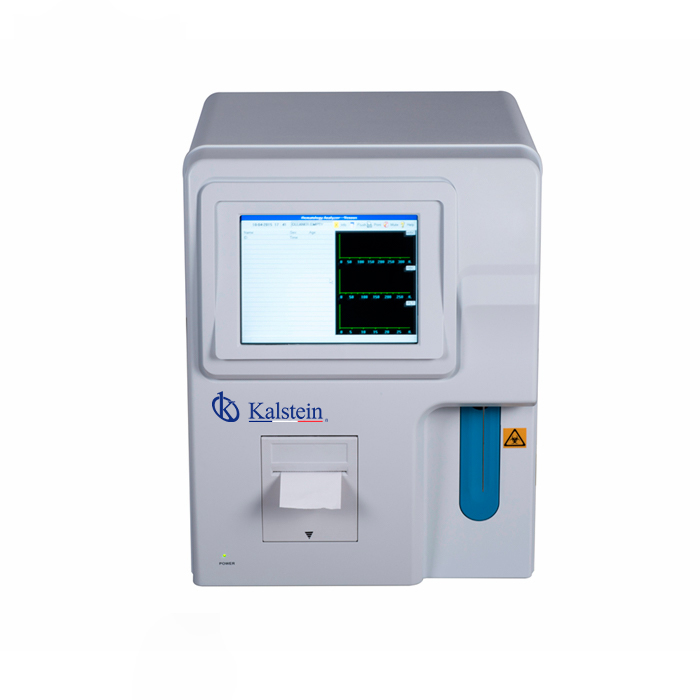
Laboratory hematology tests are used to facilitate the diagnosis, treatment, and monitoring of human health. The results of these tests are used to provide critical information that medical professionals need to help patients lead healthy lives. Although laboratory hematology tests can provide a lot of information about a person’s health status, there are some limitations that users and medical professionals should consider when using them.
